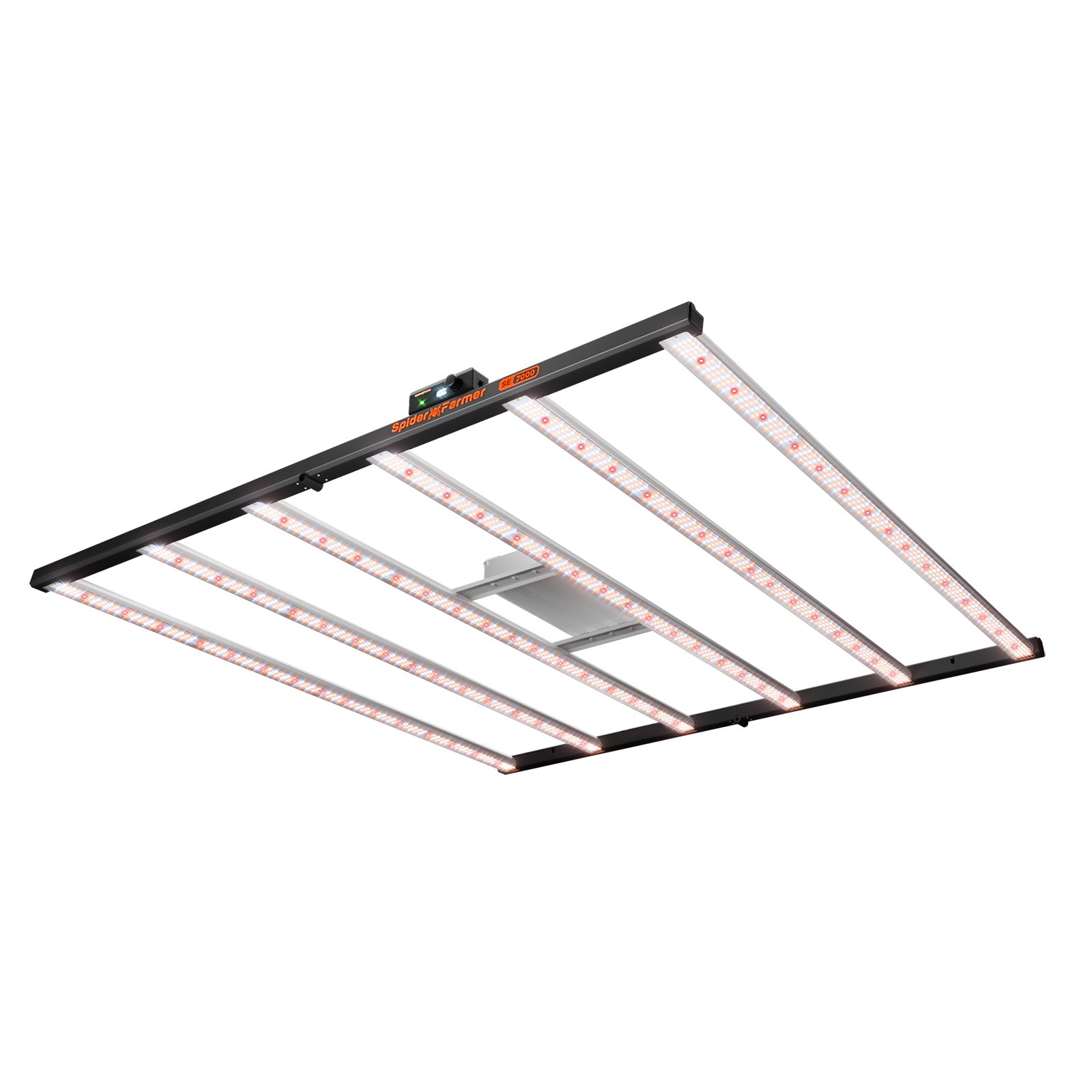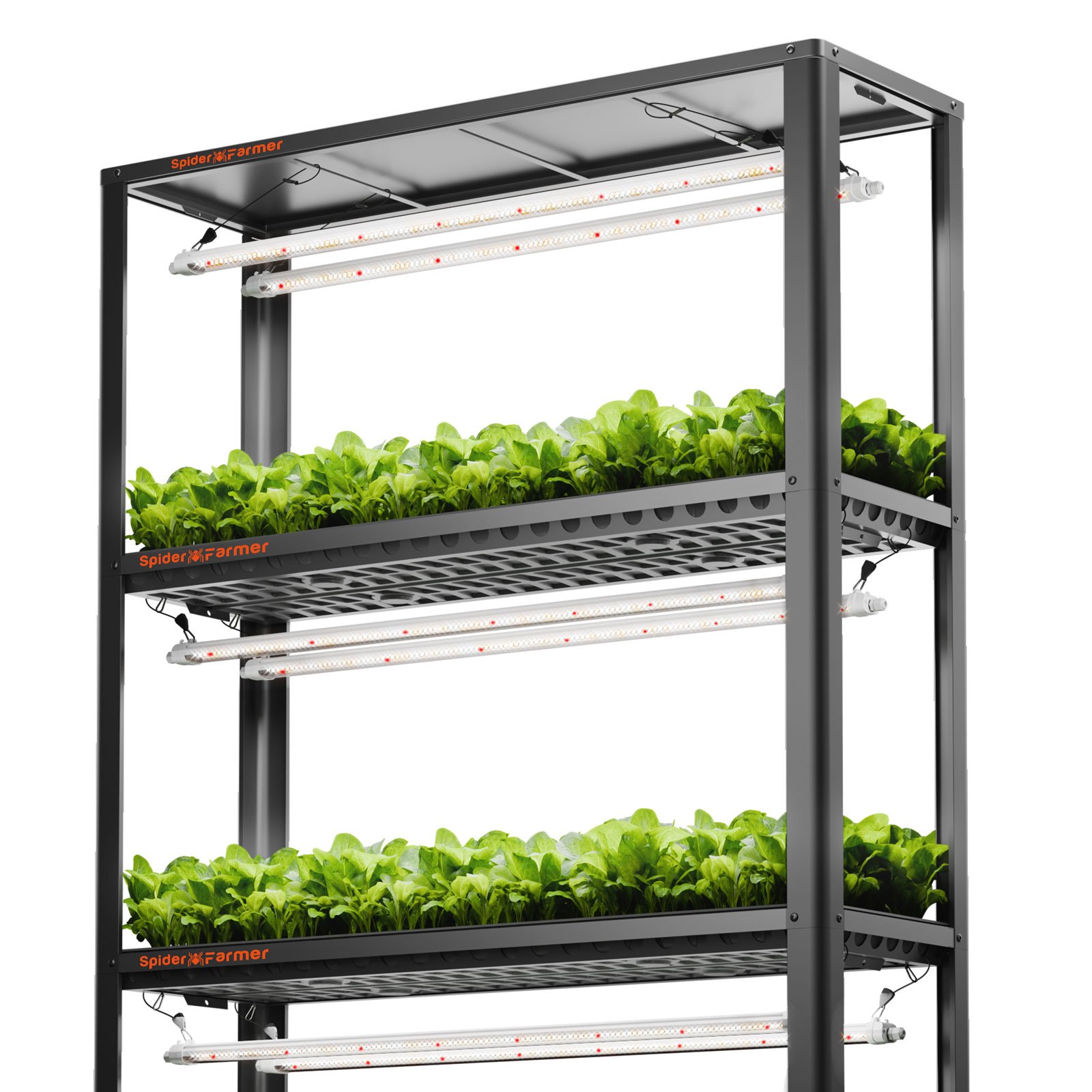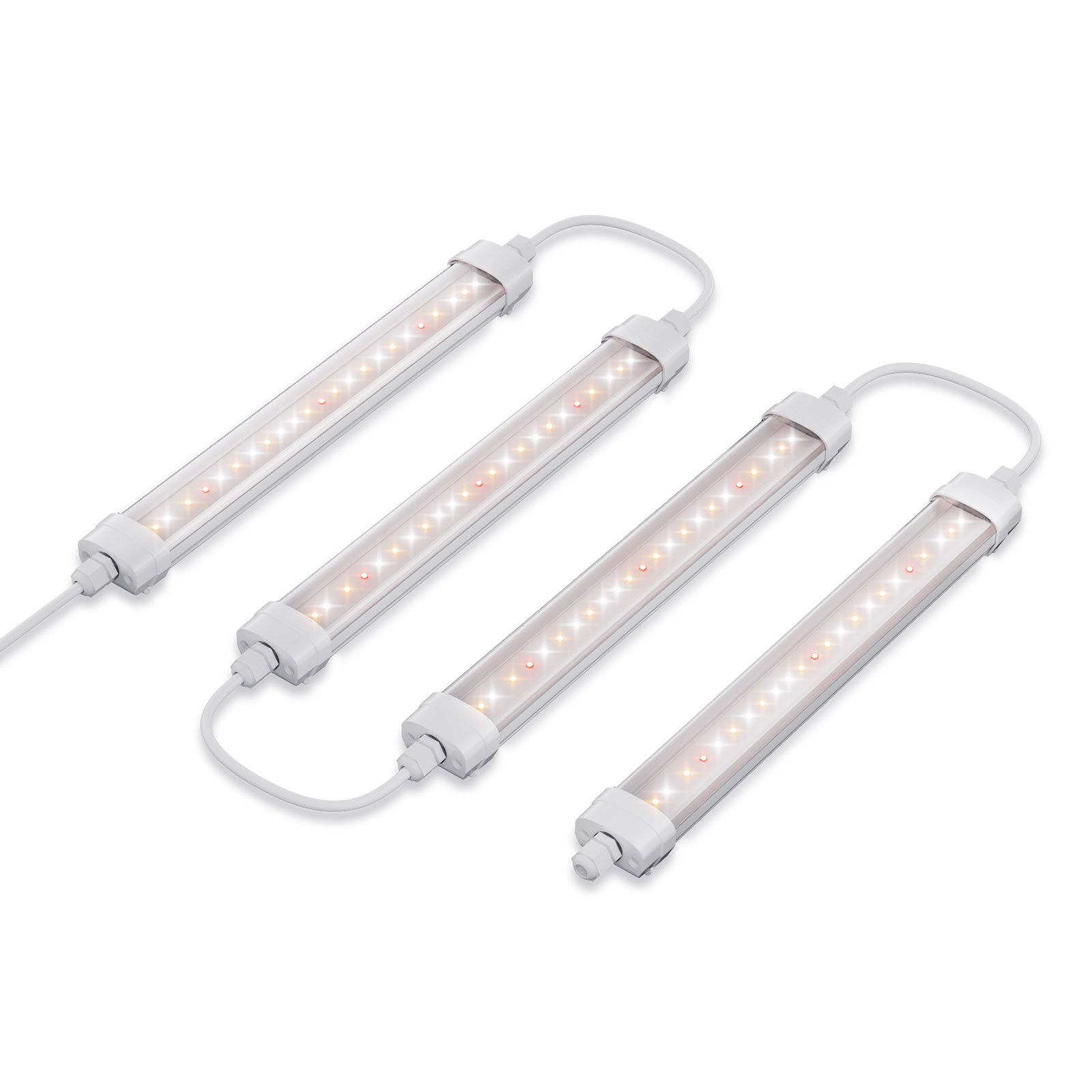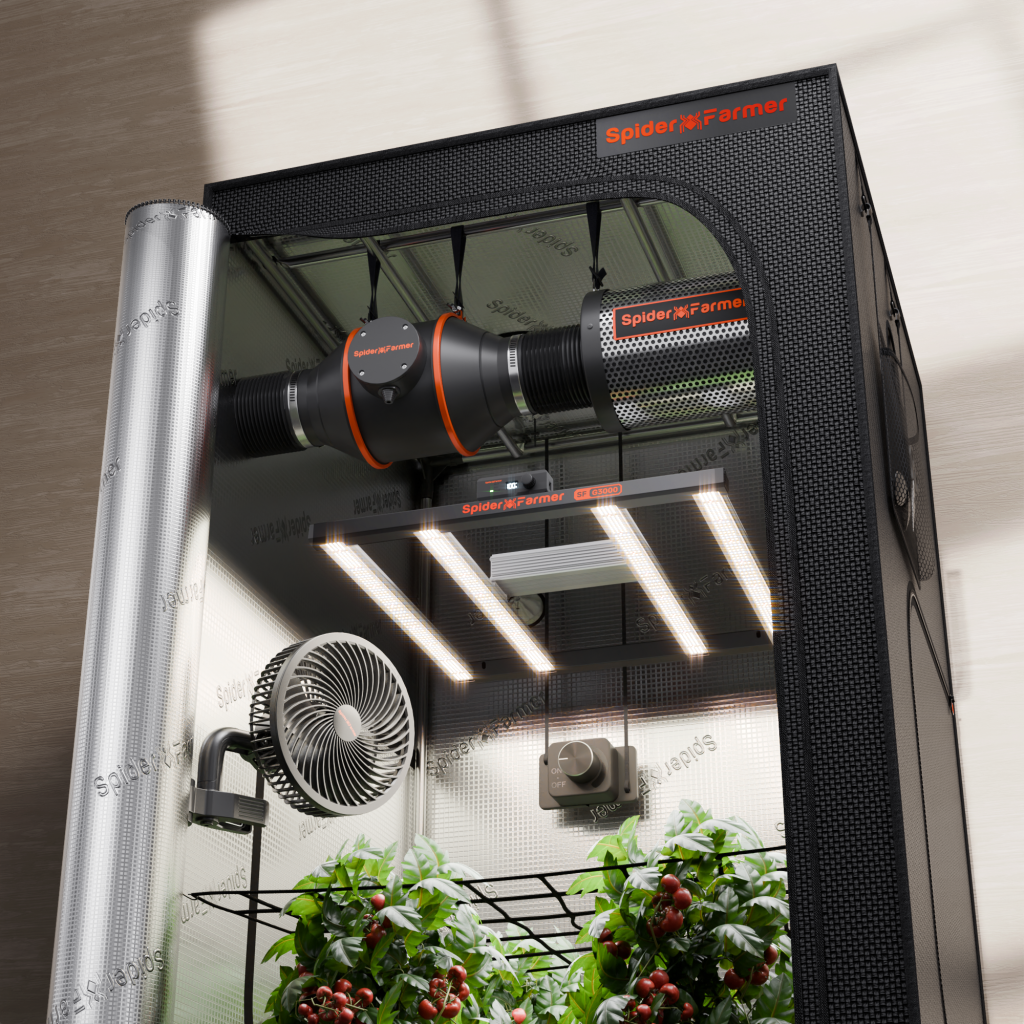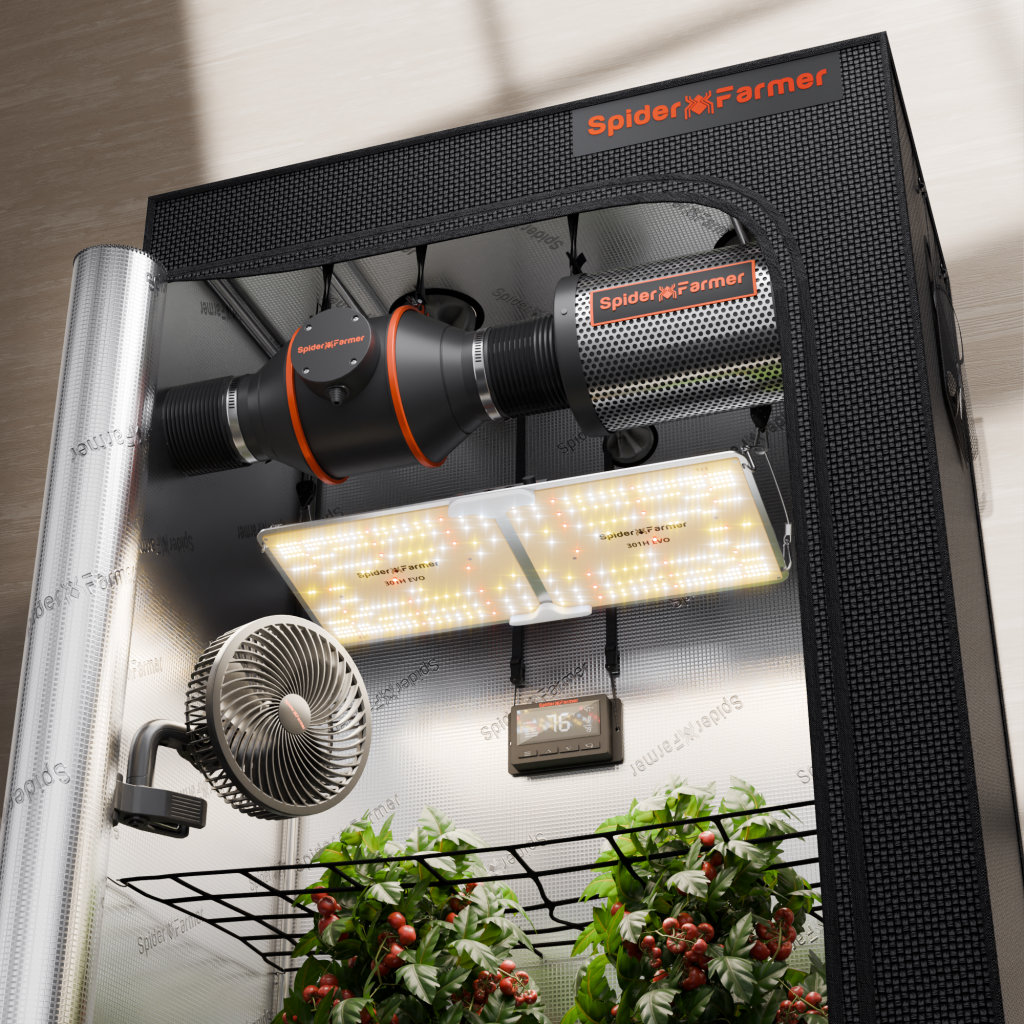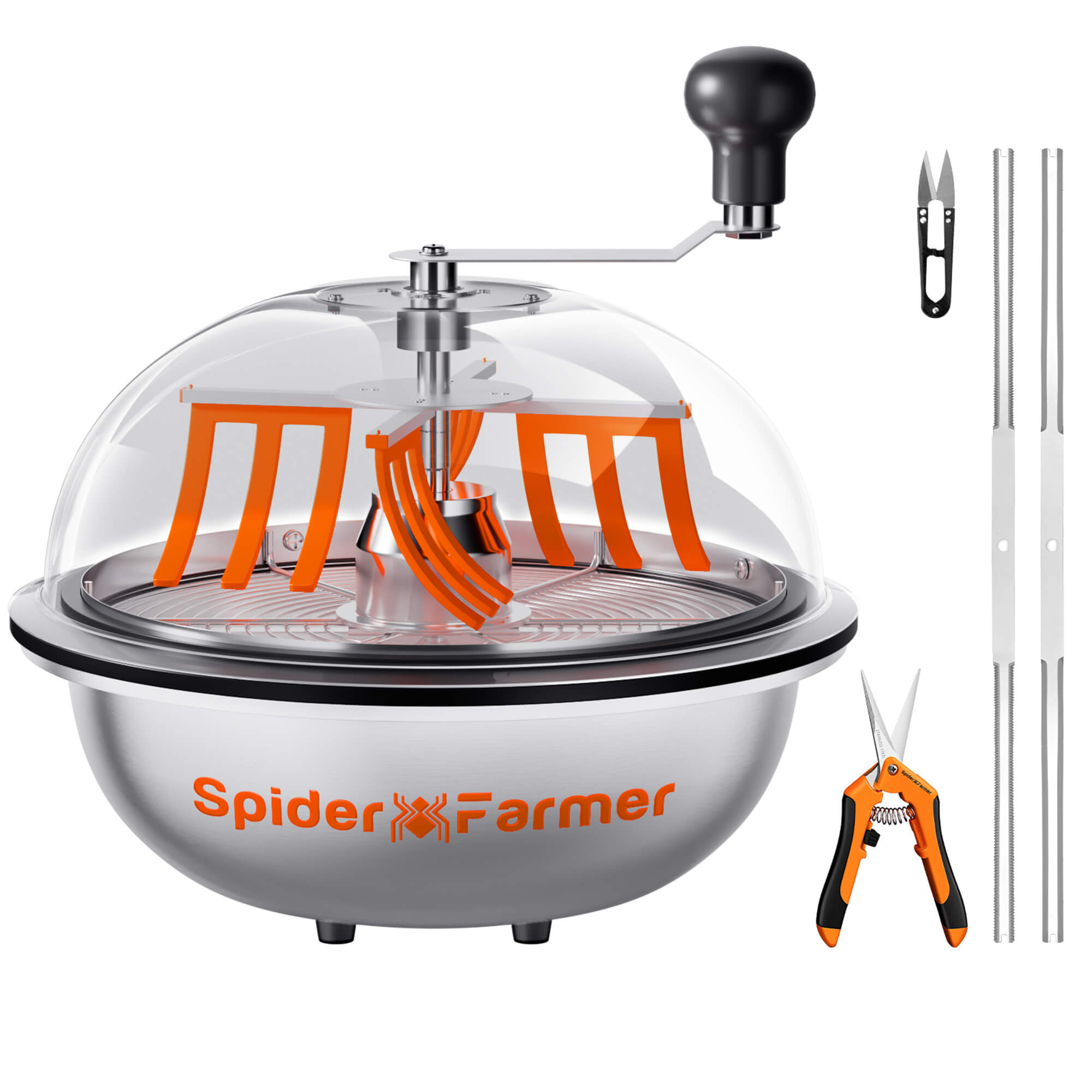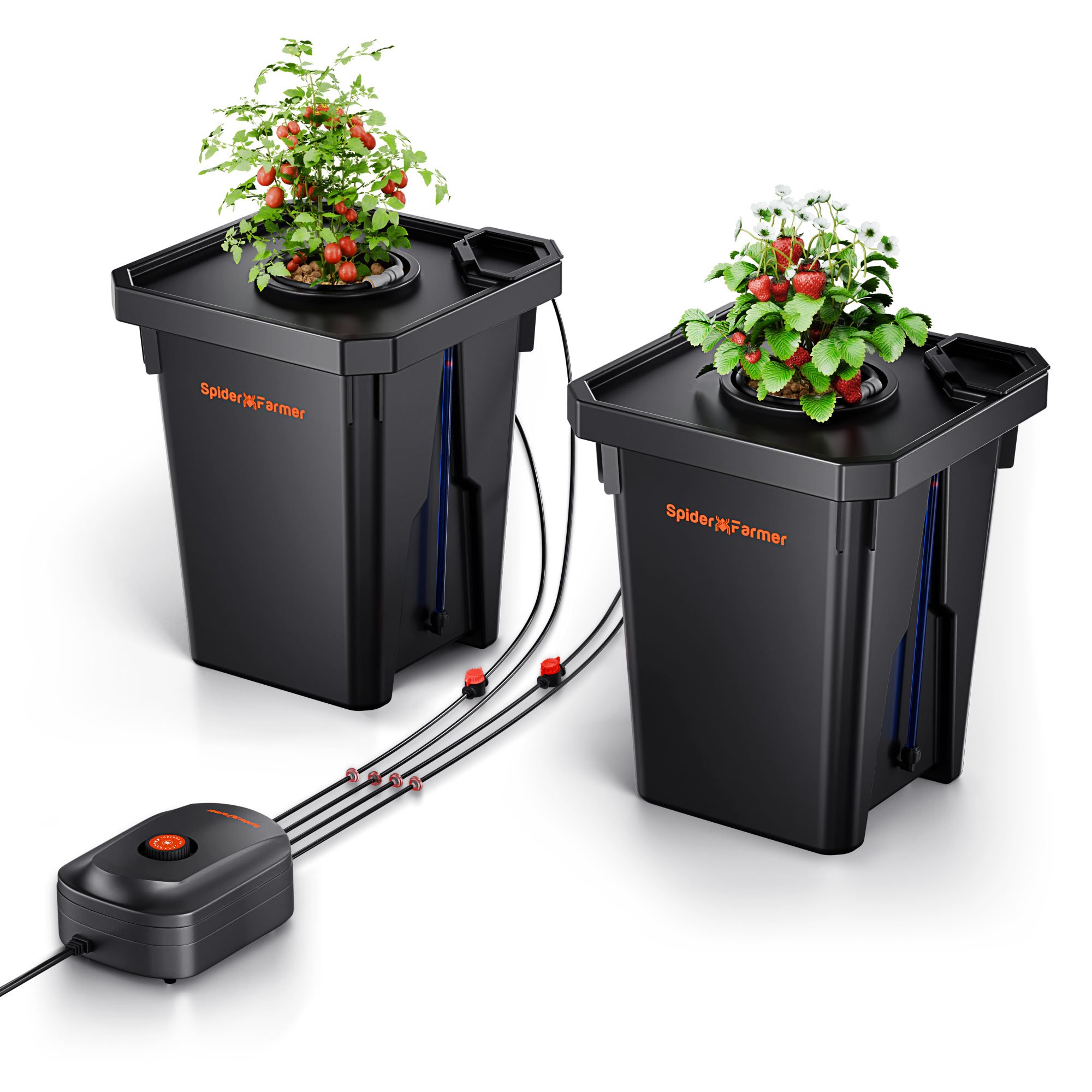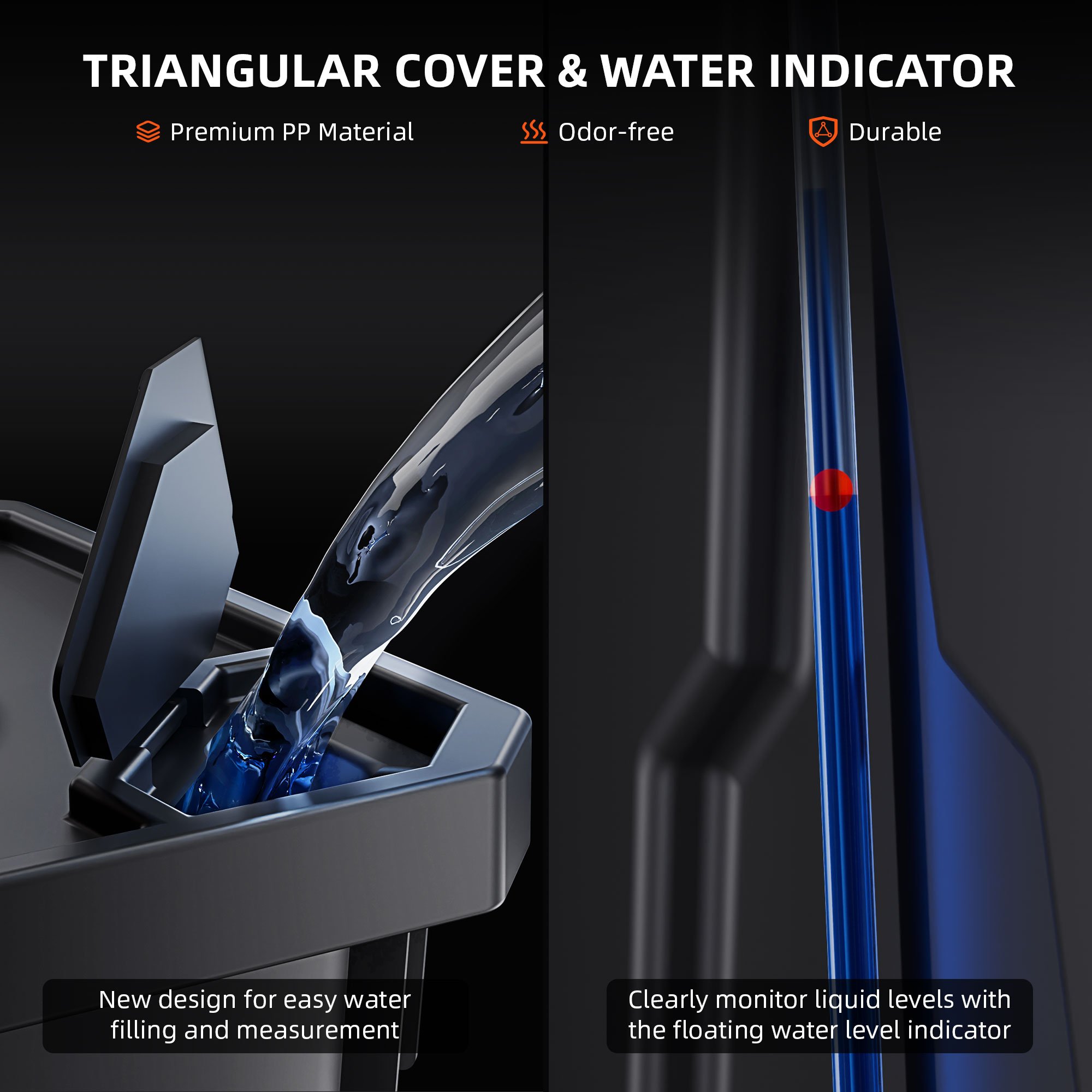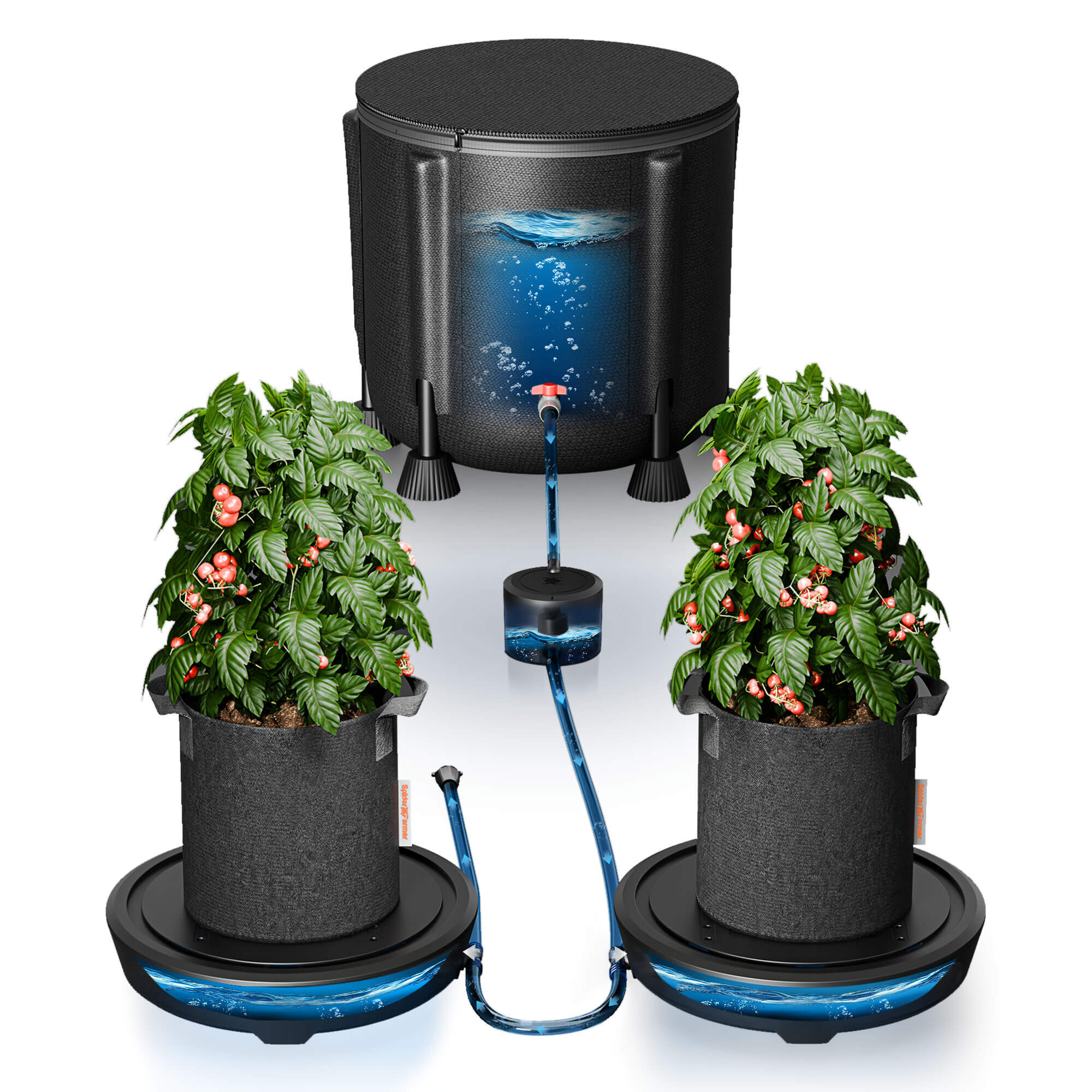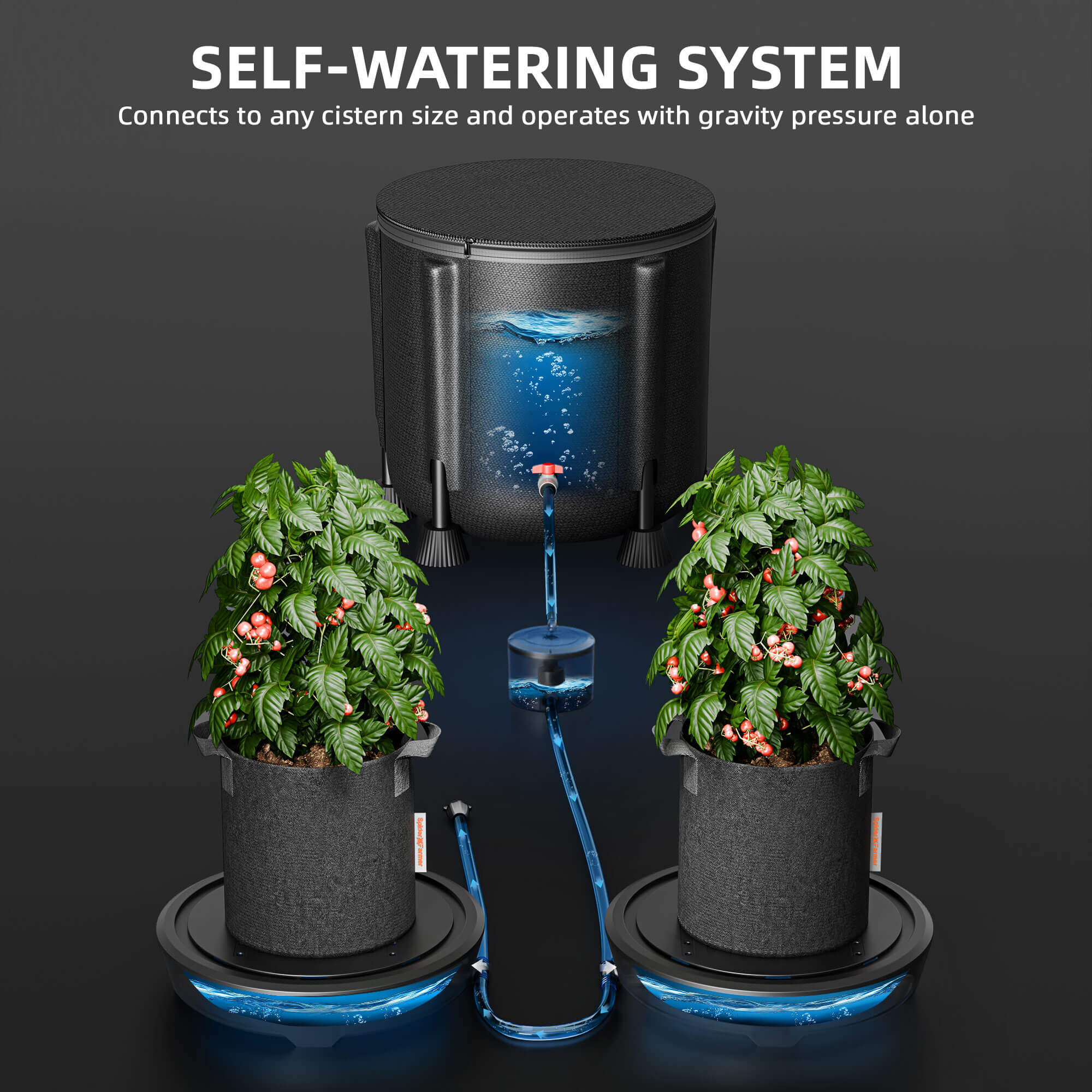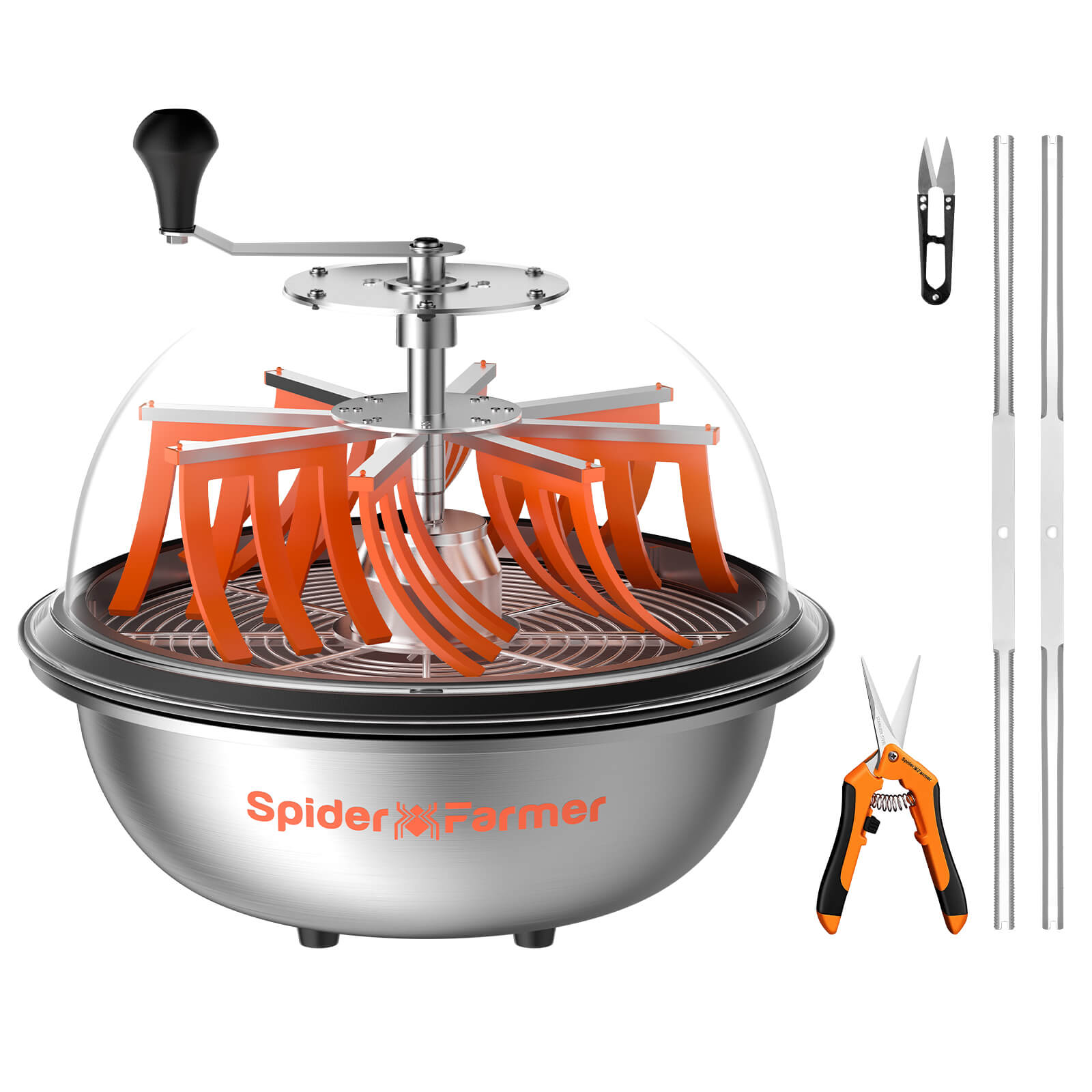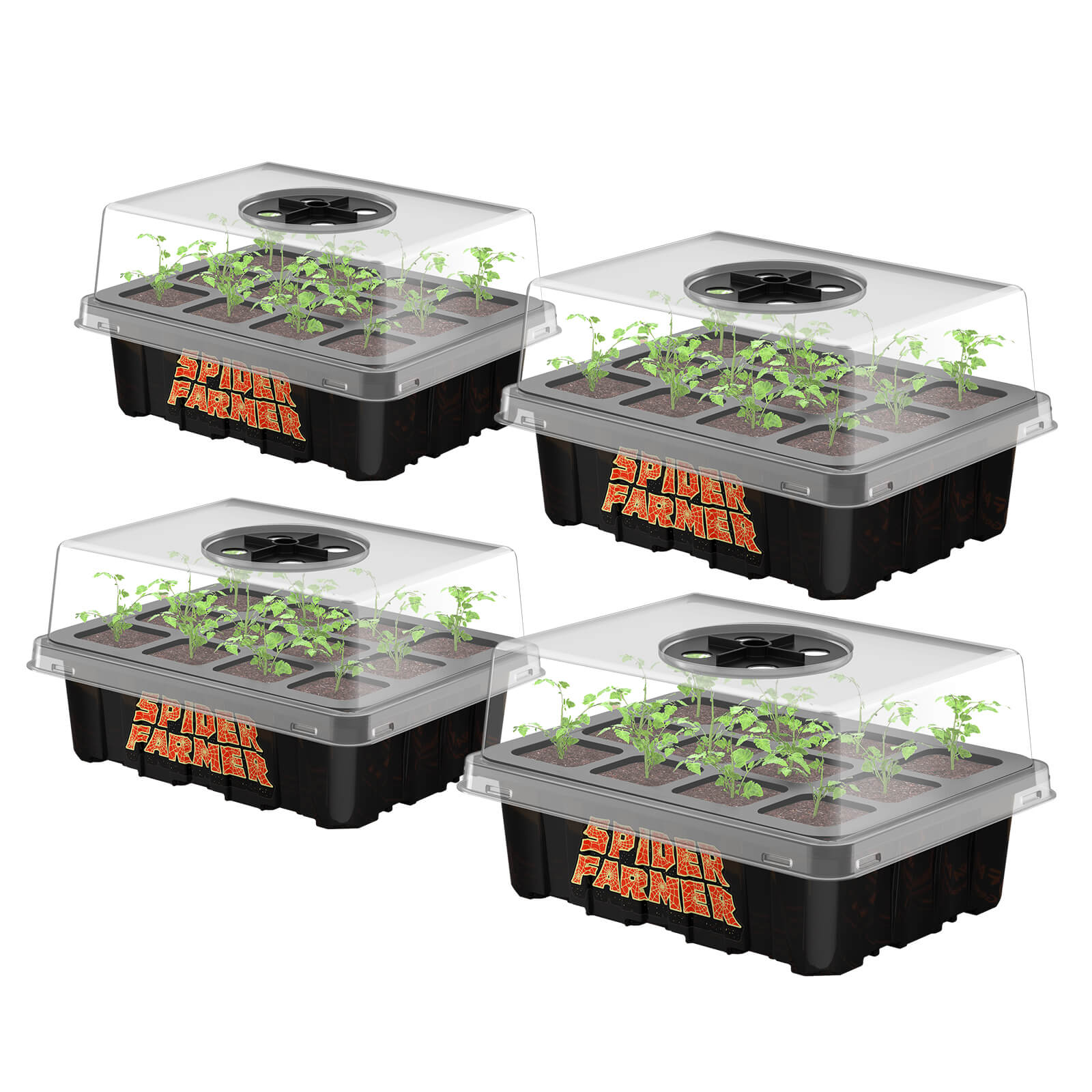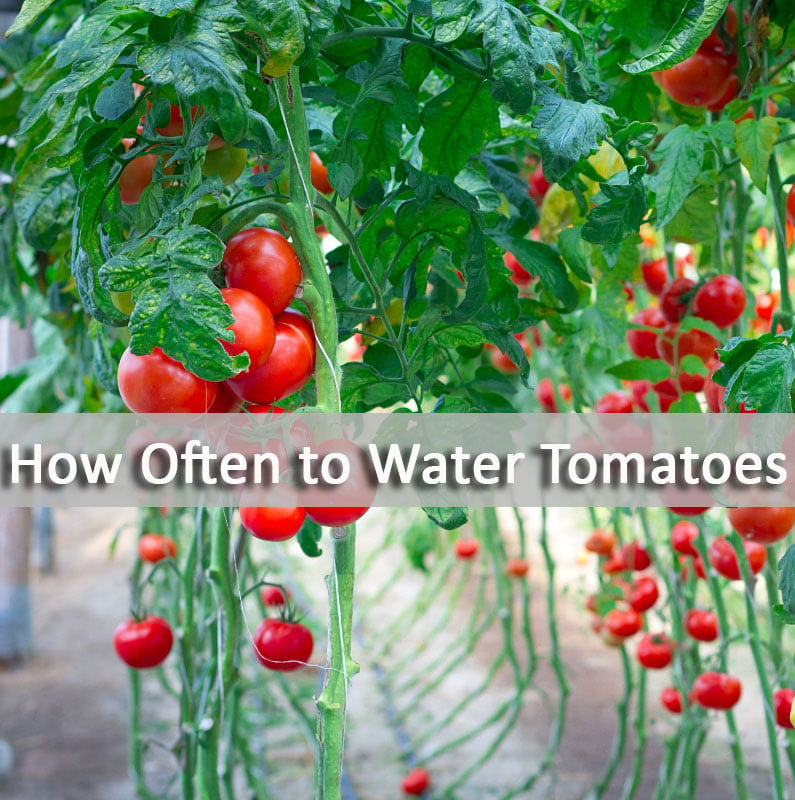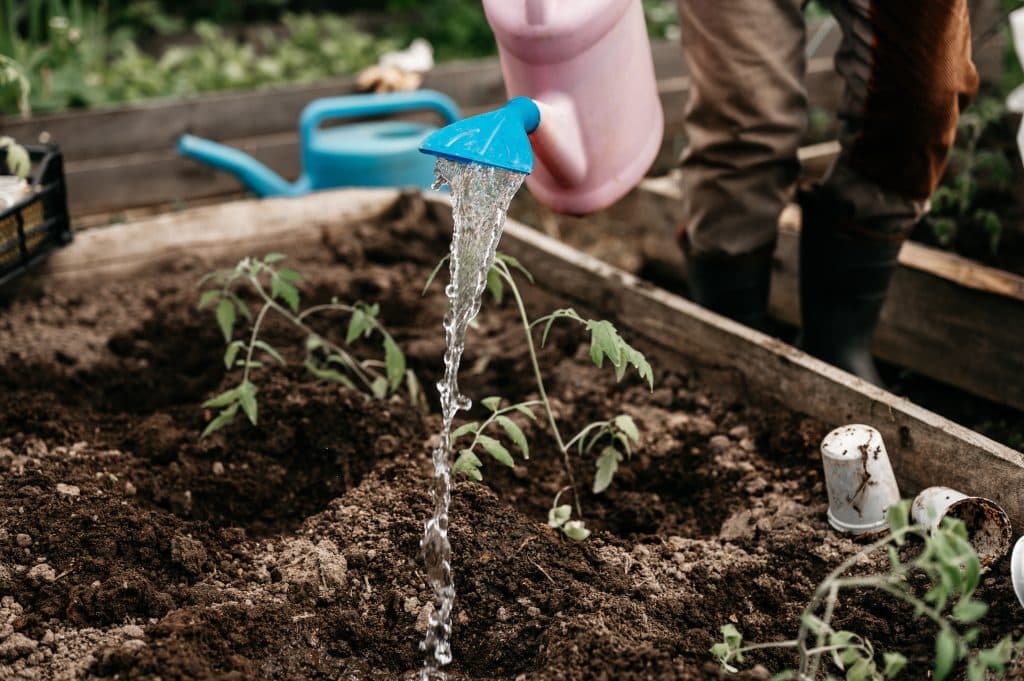Tomatoes are a staple in gardens worldwide, but their care, particularly when it comes to watering, can be a delicate art. Ensuring your tomato plant receives the appropriate amount of water at each stage of plant growth can significantly reduce potential issues and enhance the quality of the fruit. This comprehensive guide dives into the nuances of how often to water tomatoes, working on expert tips on tomatoes in different containers, be it pots, raised beds, or garden beds.
Table of Contents
Signs of Overwatering Tomatoes Plants
Tomatoes, like all plants, have specific watering needs that vary depending on several factors. The key is to maintain a balance in soil moisture. Too much water leads to root rot, mold, or fungal diseases, while too little stunts growth and fruit development. It's important to recognize the signs of both over and under-watering to maintain healthy plants.
- Wilting Leaves
- Top-inch Soil Dry
- Slow Growth
- Tomato Leaves Turning Yellow
- Fruit Cracking
- Tomato Leaves Curling
- Soil Pulling Away from the Pot
Factors that Influence Frequency of Watering Tomatoes
The frequency of watering tomatoes depends on variables such as climate, soil type, the way you propagate tomatoes, and the specific variety of tomatoes. In hotter climates, tomatoes may require daily watering, while cooler regions might necessitate less frequent watering. Sandy soils drain quickly and need more frequent watering than clay soils. Additionally, different stages of growth may require adjustments in watering.
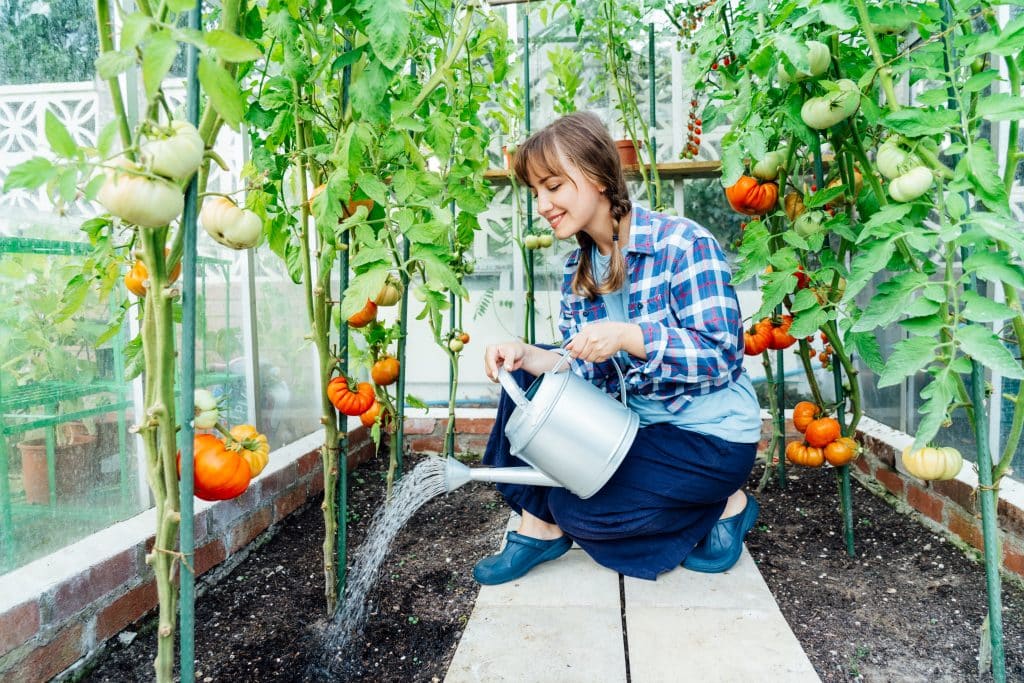
How Often to Water Tomatoes
In the following parts, we will show you how often to water tomatoes based on their growing environment, whether it's in containers, raised beds, or directly in the ground. Tomato plants in containers or raised beds typically require more frequent watering, possibly once or twice a day. The soil used in these settings should have good drainage properties. Soils with heavy clay content or rich in organic matter tend to retain water longer than lighter, loamy soil mixes. For a more detailed guide, refer to the following sections.
How Often to Water Tomatoes in Pots?
Watering tomatoes in pots requires a balance to keep the soil moist but not waterlogged. Potted plants tend to dry out faster, so the size and depth of the pot play a crucial role in determining water needs. Aim to water these plants daily at the soil level, ensuring that excess water drains out through the bottom. A fully-grown tomato plant in a pot may consume up to a gallon of water daily and might need watering twice a day in hot and dry conditions.
How Often to Water Tomatoes in Raised Bed?
Raised beds offer better saturation control but are still influenced by their size and depth. For optimal tomato growth, a raised bed should have a minimum soil depth of 8 inches. Established tomato plants in raised beds should be watered deeply, approximately 20 to 30 minutes, three to four times a week. In shallower beds, you might need to water more frequently but for shorter durations. Using soaker hoses can efficiently distribute water directly to the roots and can be automated with timers for convenience.
How Often to Water Tomatoes in the Ground?
Watering tomatoes planted in the ground typically requires a consistent approach, with most gardeners aiming to provide about 1 to 1.5 inches of water per week, either through rainfall or supplemental irrigation. During hot, dry weather or if the plants are young and establishing roots, you may need to water more frequently, around every 2 to 3 days, ensuring the soil remains consistently moist but not soggy. It's essential to water deeply to encourage strong root development, allowing the top inch of soil to dry out between waterings. Mulching around the plants can help retain moisture and regulate soil temperature, reducing the need for frequent watering. Regularly monitor your plants for signs of stress, such as wilting or yellowing leaves, to adjust your watering schedule accordingly.
How Often to Water Tomatoes in Garden Beds?
For tomatoes planted in garden beds, consistent watering is key, especially during the first week to ten days after transplanting. Water should be applied at the soil level, using a soaker hose or a gentle flow from a hose or watering can. Once the plants have established roots, reduce the watering frequency to about three to four times a week. The duration can range from 30 minutes to two hours using a soaker hose, depending on the weather and soil type. A mature tomato plant in a garden bed generally needs about a gallon of water every five days.
How to Water Tomatoes?
Once you figure out the frequency of watering tomatoes, the next move is to think about how to water them. We’ve gathered some tips on watering tomatoes properly for maximum growth.
- Water Deeply: Instead of frequent shallow watering, go for deep watering sessions. This encourages the roots to grow deeper, making plants more drought-resistant.
- Morning Watering: Water your tomatoes early in the morning. This allows the water to reach deep into the soil and the foliage to dry out during the day, reducing the risk of fungal diseases.
- Avoid Wetting the Foliage: Water at the base of the plant to keep the foliage dry. Wet leaves can lead to fungal infections and diseases.
- Use Drip Irrigation: If possible, use a drip irrigation system. This delivers water directly to the soil, reduces evaporation, and ensures the plants get the water they need.
- Mulch Around the Plants: Applying mulch around your tomato plants helps retain soil moisture and prevents water evaporation.
Conclusion
In summary, understanding how often to water tomatoes involves considering various factors like climate, soil type, and tomato variety. Regular monitoring and adjusting your watering schedule as needed will ensure healthy, productive plants. Remember, every garden is unique, so what works best for your tomatoes might be different from what works for others.



